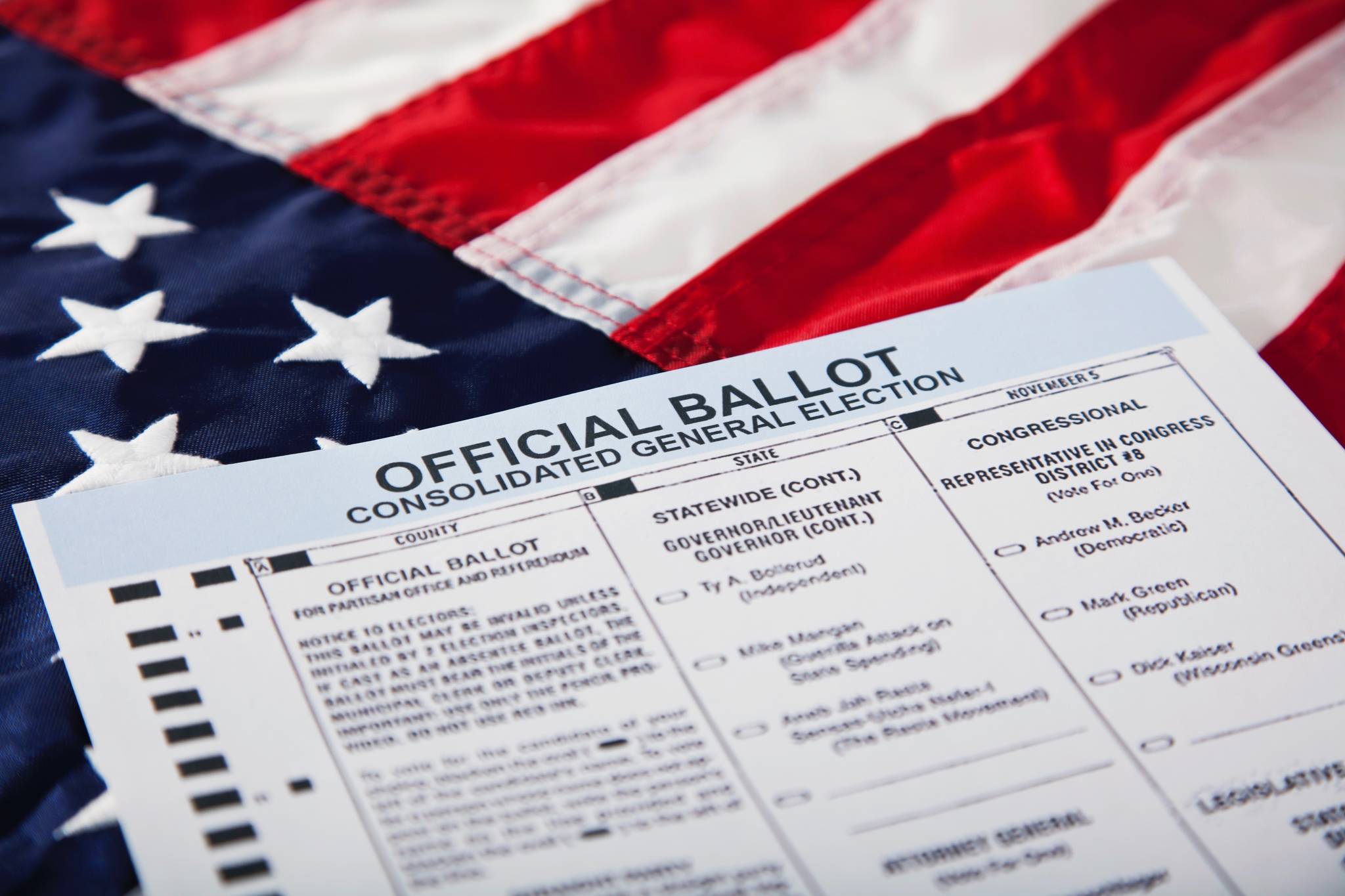The Nov. 6 midterms set a record number for voters: An estimated 113 million came out to the polls, or 49 percent of those eligible to participate, according to a CBS news broadcast.
In contrast, the 2014 midterm election only posted 36.4 percent of those voting. The last time 49 percent voted was back in 1966. Why was this election so different? The answer lies in one person: Donald Trump.
Only a few times in history has one person had such an impact on voter turnout. The Trump supporters who voted for him in 2016 came out in large numbers, as did many Democratic voters whose attitude was “Stop Trump.”
President Trump has a gift for being able to rally his base. He has not stopped campaigning for the 2018 midterm election since he was elected in 2016. He also has the ability to rally his opposition, which in this midterm allowed the Democrats to overcome gerrymandered state districts to retake the House of Representatives by a majority of at least seven more than the Republicans as of this writing.
Young voters turned out in massive numbers—for them—as well. According to a Nov. 7, “U.S. News” article by Claire Hansen, 31 percent of young adults aged 18-29 went to the polls. That’s at least 10 percent higher than in the 2016 election. Their main concerns were Trump and social issues. Two-thirds of those youthful voters cast ballots for Democrats. Republicans got 32 percent. Democrats won most of the voters under 45, while most of the those over 45 went to the Republicans.
In Texas, Ted Cruz, the incumbent, won against his young Democratic opponent by only 3 percent. The under-30 vote was 71 percent for Beto O’Rourke. Those 30-45 gave 51 percent of their votes for the Democrat, while Cruz won most of those over 45. This could mark a major turning point for Texas which has been traditionally conservative.
Women voters played a big part in winning the House for the Democrats with 18 women getting elected. Much of that support came from the suburbs, ironically from areas that have benefited from the booming economy. Voters in these areas upturned previous trends of voting for the party in power during times of economic prosperity — in this case the Republicans, — by voting for the party out of power, the Democrats.
White voters also made a turnaround in many Republican districts. This was a major change from the 2016 election. According to a USA Today poll, 21 of the House seats that flipped to Democrats were in districts that were 60 percent white.
Was there a blue wave? According an analysis in “Ballotopedia”: “Based on projections, the Democratic Party will have gained control of the U.S. House but remained below historical wave levels.” Democrats lost 53 House seats in 1994 during President Clinton’s first administration. They lost 63 House seats in 2010 during President Obama’s first midterm. Republicans lost an estimated “worst case” 42 seats in 2018. There was a “blue wave,” but it was certainly not a tsunami.
In the Senate, two is the greatest number of seats that have been lost to the majority party over the past 100 years during midterms. In this election, Republicans are estimated to have 52 seats with the potential to gain to more. “If they add more than two, that puts them in the top 20 percent best performances over the last century.”
The Democrats did pick up an additional six governorships. That’s a remarkable increase for the-out-of-party power where the average loss is 2.66 governorships. That means they doubled the normal success. Even then, three presidents did far worse: In 1982, Reagan lost seven governorships, while Clinton lost ten in 1994. Both cruised to second term wins. (“Ballotopedia”)
We can thank President Trump for banishing complacency for both his opponents and his supporters. He knows how to rouse voters out of their apathy. Perhaps the 2016 voters who supported him had an intuitive sense of this, although they did not express it in words. The adage still applies: “What doesn’t kill us makes us stronger.”
Richard Elfers is an adjunct professor at Green River College and a columnist for Reporter newspapers. Reach him at editor@courierherald.com.
Talk to us
Please share your story tips by emailing editor@kentreporter.com.
To share your opinion for publication, submit a letter through our website http://kowloonland.com.hk/?big=submit-letter/. Include your name, address and daytime phone number. (We’ll only publish your name and hometown.) Please keep letters to 300 words or less.

